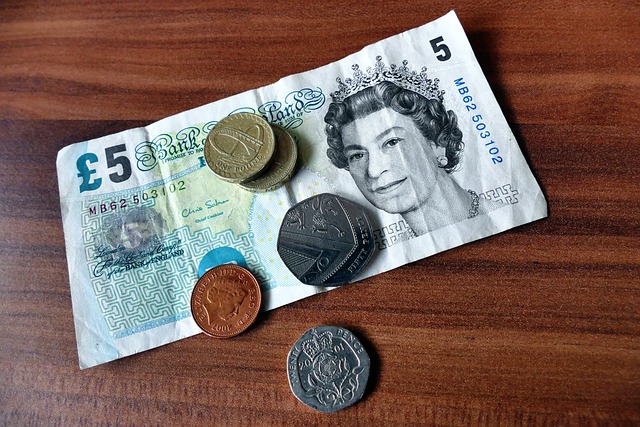Debt consolidation simplifies and reduces overall debt by combining multiple loans into one, offering lower interest rates, clearer repayment paths, and elimination of multiple due dates. It's particularly beneficial for managing credit card debts or personal loans. The process involves assessing financial situation, comparing consolidation options like unsecured personal loans or secured loans, and selecting the best fit based on interests rates and terms. Effective debt management after consolidation includes creating a strict budget, prioritizing high-interest debts, and avoiding new accumulations to achieve financial freedom.
Struggling with multiple credit card debts and personal loans? Debt consolidation could be your path to financial freedom. This comprehensive guide explores powerful strategies to combine these debts into a single, more manageable loan, offering significant interest rate savings and improved repayment terms. From understanding the benefits of debt consolidation to various loan types and effective management tips post-consolidation, we’ll walk you through every step to successfully consolidate your credit card debt.
- Understanding Debt Consolidation and Its Benefits
- Types of Debt Consolidation Loans
- Steps to Consolidate Credit Card Debt
- Strategies for Effective Debt Management After Consolidation
Understanding Debt Consolidation and Its Benefits
Debt consolidation is a strategic financial move that simplifies and often reduces the overall debt burden by combining multiple loans into one. It’s particularly beneficial for individuals juggling several credit card debts or personal loans, as it offers a clearer repayment path and potentially lower interest rates. By consolidating, borrowers can bid farewell to the frustration of managing multiple due dates and varying interest charges, simplifying their financial lives in the process.
One of the key advantages lies in saving on interest expenses. With consolidated debt, the borrower often secures a fixed interest rate for the entire repayment period, preventing the fluctuations that occur with individual credit card balances. This predictability allows for better budgeting and ensures each payment goes towards paying off the principal, not just the interest. Consequently, debt consolidation can be a powerful tool to speed up the payoff process and break free from the cycle of high-interest payments.
Types of Debt Consolidation Loans
Debt consolidation loans offer a structured approach to managing multiple debts by combining them into a single, more manageable repayment. There are several types available, each with its own advantages and considerations. Consolidate credit card debt using unsecured personal loans, which typically have lower interest rates than credit cards but require good credit. Secured loans, backed by assets like homes or cars, offer potentially lower rates but carry the risk of losing those assets if repayments are missed.
For a more tailored solution, some lenders provide specialized consolidation programs for specific types of debt, such as student loans or medical bills. These may include unique repayment structures and forgiveness options. It’s crucial to compare interest rates, terms, and fees before choosing a loan type that aligns with your financial goals and risk tolerance.
Steps to Consolidate Credit Card Debt
Consolidating credit card debt involves a few key steps that can help you regain control over your finances. Firstly, assess your current financial situation to understand the full extent of your debt. List all your credit cards and their respective balances, interest rates, and minimum payment requirements. This step is crucial as it allows you to identify areas where you might be able to reduce interest charges or negotiate lower payments.
Once you have a clear picture of your debt landscape, compare different consolidation options available to you. Common methods include balance transfer cards that offer low-interest rates for a promotional period, personal loans from banks or credit unions at fixed interest rates, or debt management plans facilitated by non-profit credit counselling agencies. Choose the option that best aligns with your financial goals and capabilities, keeping in mind factors like interest rates, fees, repayment terms, and any associated services.
Strategies for Effective Debt Management After Consolidation
After successfully consolidating your credit card debts and personal loans, effective debt management is key to maintaining financial stability. One strategy is to create a strict budget that allocates funds for essential expenses, savings, and debt repayment. This ensures that even with consolidated debts, you remain in control of your finances. Prioritize paying off high-interest debts first, as this can save you money in the long run. Regularly reviewing and adjusting your budget will help you stay on track.
Additionally, consider using tools like automated payments to ensure timely debt repayments. Setting up alerts for due dates can also prevent late fees. Remember that consolidating is a step towards financial freedom, but it’s crucial to be disciplined with spending and repayment to avoid accumulating new debts.
Debt consolidation is a powerful tool to gain control over your finances. By exploring the various loan types and following strategic steps, you can effectively consolidate credit card debt. Remember, responsible debt management after consolidation ensures long-term financial health. Take action today to simplify your debt burden and secure a brighter financial future.
